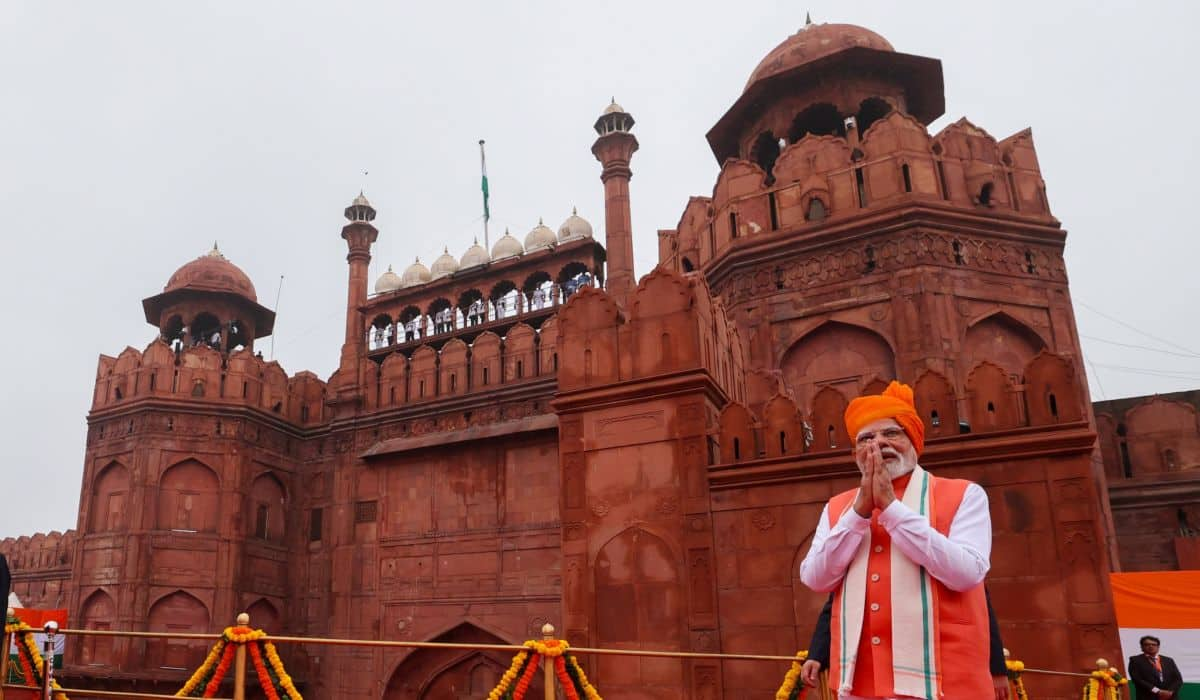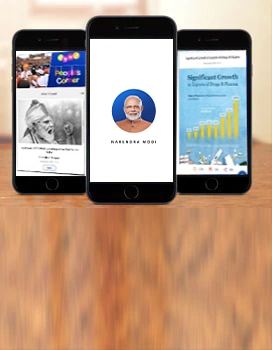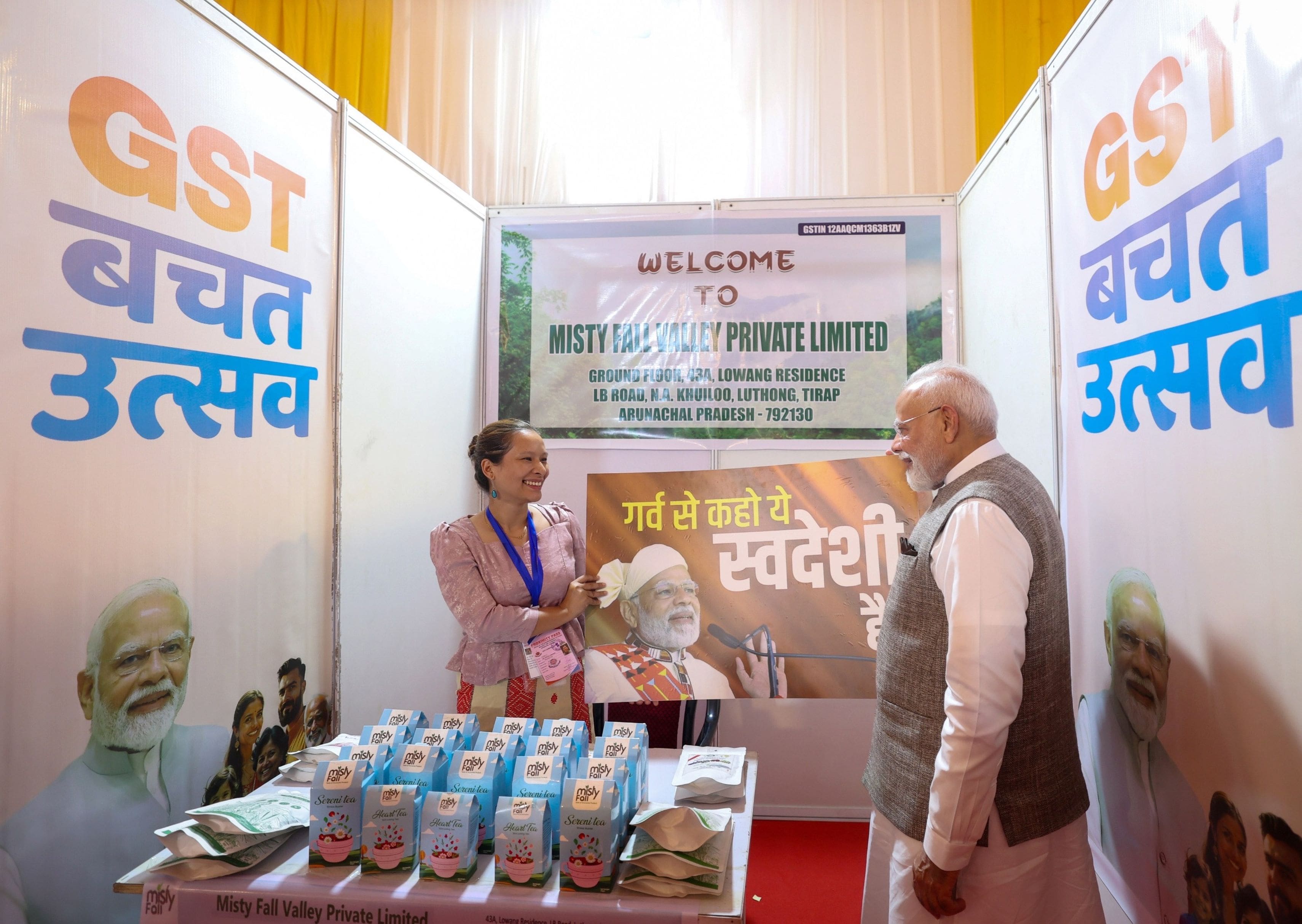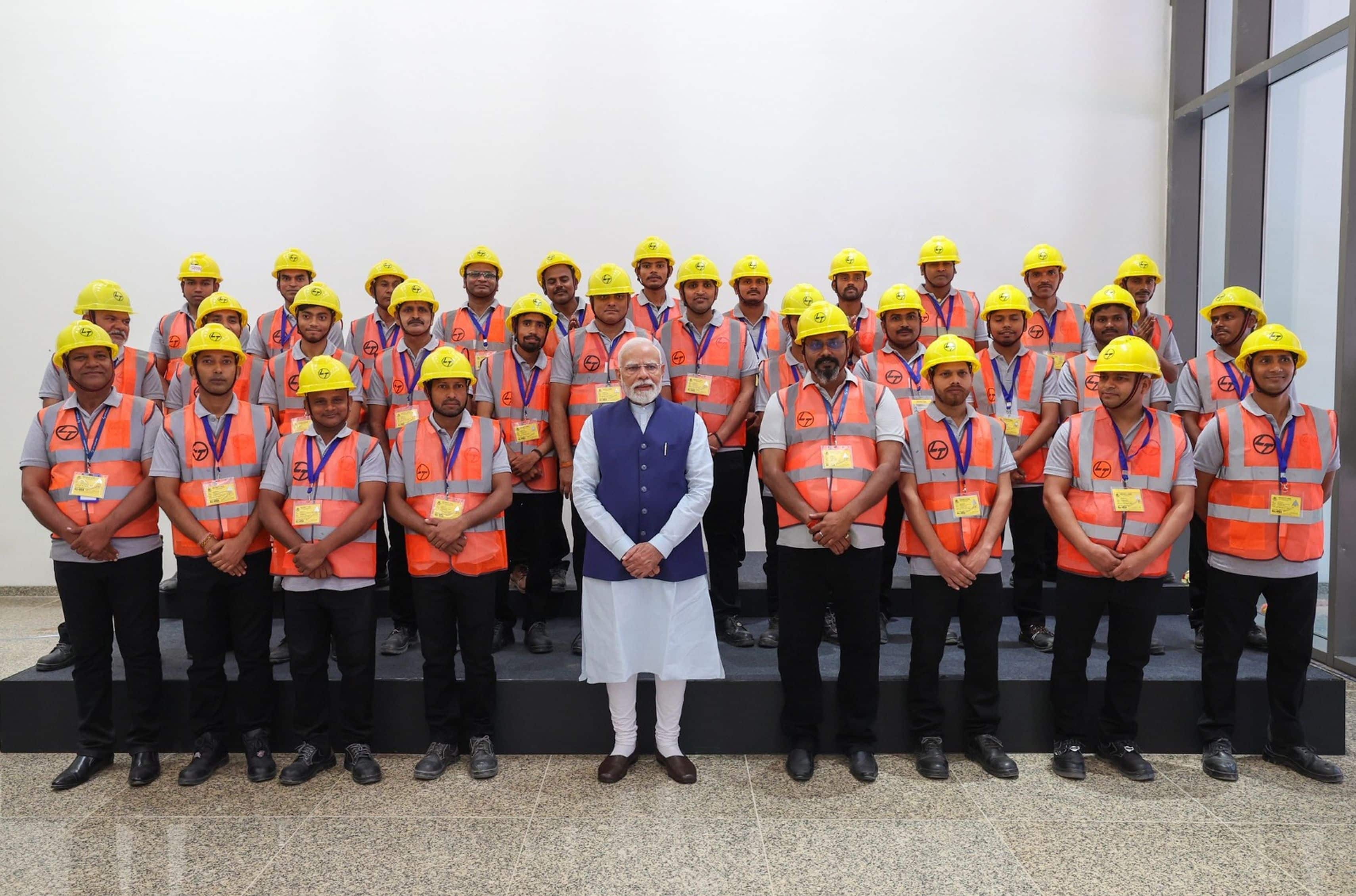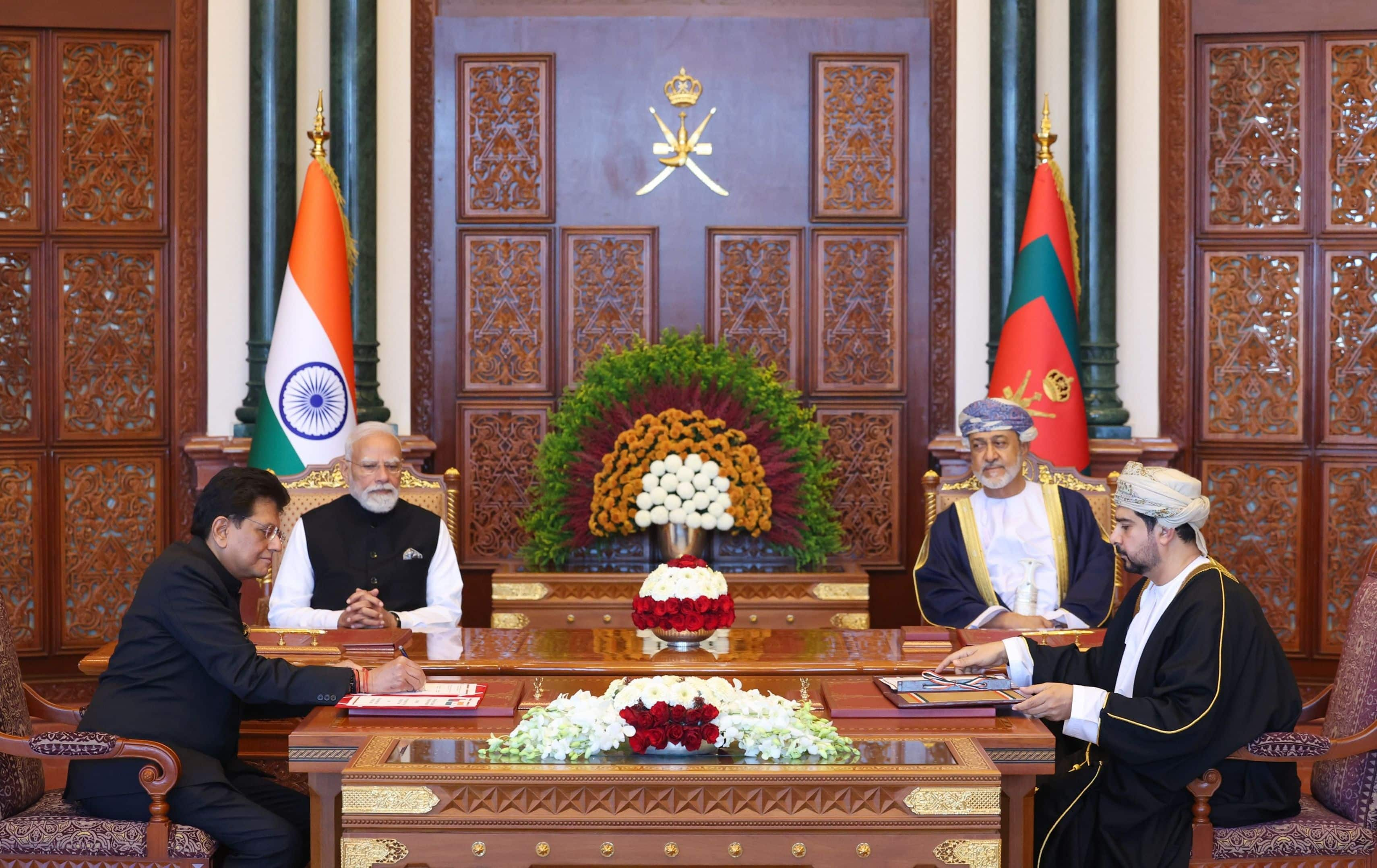Dear Friends,
11th May 1998- this is the day when India scripted a new chapter in its history and gave out a strong message to the world and to all those who questioned our credentials as a nation all set to make the transition to the next century as an emerging Superpower. It was on this day 15 years ago that India conducted Nuclear Tests in Pokhran, Rajasthan. As honorable Atal ji announced the success of the tests, an entire nation rejoiced. From Kashmir to Kanyakumari, from Maharashtra to Manipur, there was a feeling of pride amongst every Indian. Even the Indian community spread across the world erupted with joy!
To commemorate these historic tests, 11th May is celebrated as National Technology Day. I extend my best wishes and greetings to all my fellow countrymen and especially the scientist community on this momentous day.
The tests of 11th May 1998 were possible both due to the stellar work of our scientists and the strong leadership India was blessed with at that point of time. The tests were a victory of technology- to develop such a programme with requisite secrecy is truly a commendable effort. No mention of Pokhran 1998 is complete without extolling the pioneering efforts of our scientists.

Most importantly, tremendous courage was shown by the then Government, headed by respected Atal ji to take the decision of conducting the tests. The BJP-led Government had not even completed two full months in office and yet, on the auspicious day of Buddha Purnima (11th May 1998), the Government took the bold step of testing and making India immensely proud.
After the 11th May 1998 tests, the world community was not amused. They immediately put sanctions on India and tried to isolate us from the world stage. Yet, in only two days, on 13th May 1998, we tested again! More strength was needed to test two days after the first test in an international climate that was not very favourable and this only shows what a strong leadership can do!

When the tests were conducted the nation was ecstatic. But what even a matter of great joy and pride is that the Vajpayee Government ensured that the sanctions do not affect India’s development journey in any way. Such was Honorable Atal ji’s and the Government’s strategy on foreign and diplomatic issues that those nations that were opposed to India testing, gradually developed strong relations with India again. Atal ji won back India’s friends at the world stage yet there was no compromise on principles and national interest. Our inherent strength shined and we moved ahead without any damage to our economy. This was very much a test of our political will and needless to say, we passed the test with flying colours.
Today, on the 15th anniversary of the Pokhran tests, there is a crucial question that we have to answer- how do we become self-sufficient in defence manufacturing? This is not only about military power but also about being self reliant for our own defence equipment. After over 65 years of Independence, why must we still spend thousands of crores of rupees to procure defence equipment from overseas? This is a challenge for our youth, talent pool, scientists- how we can combine our strengths and make India sufficient in defence related manufacturing!

We should think of a larger debate, encourage free flowing of ideas to think of how India can develop human resources in defence manufacturing. Can we create an ecosystem to strengthen our manufacturing? Going a step ahead, we should even think of how we can export defence equipment?
In Gujarat we have made a small effort in this regard. In our engineering colleges we are working towards starting subjects related to defence manufacturing. At the 2013 Vibrant Gujarat Global Summit we organized the ‘International Conference on Defence Offsets’ where there was a very healthy exchange of thoughts and ideas on this field.

Once again, I greet my fellow countrymen on National Technology Day. Let us remember the spirit of Pokhran, celebrate technology and use it to further strengthen our Nation. I am also sharing a video of Atal ji where he talks about the relevance and success of the Pokhran tests.
Jai Jawan, Jai Kisan Jai Vigyan!
![]()
Narendra Modi







